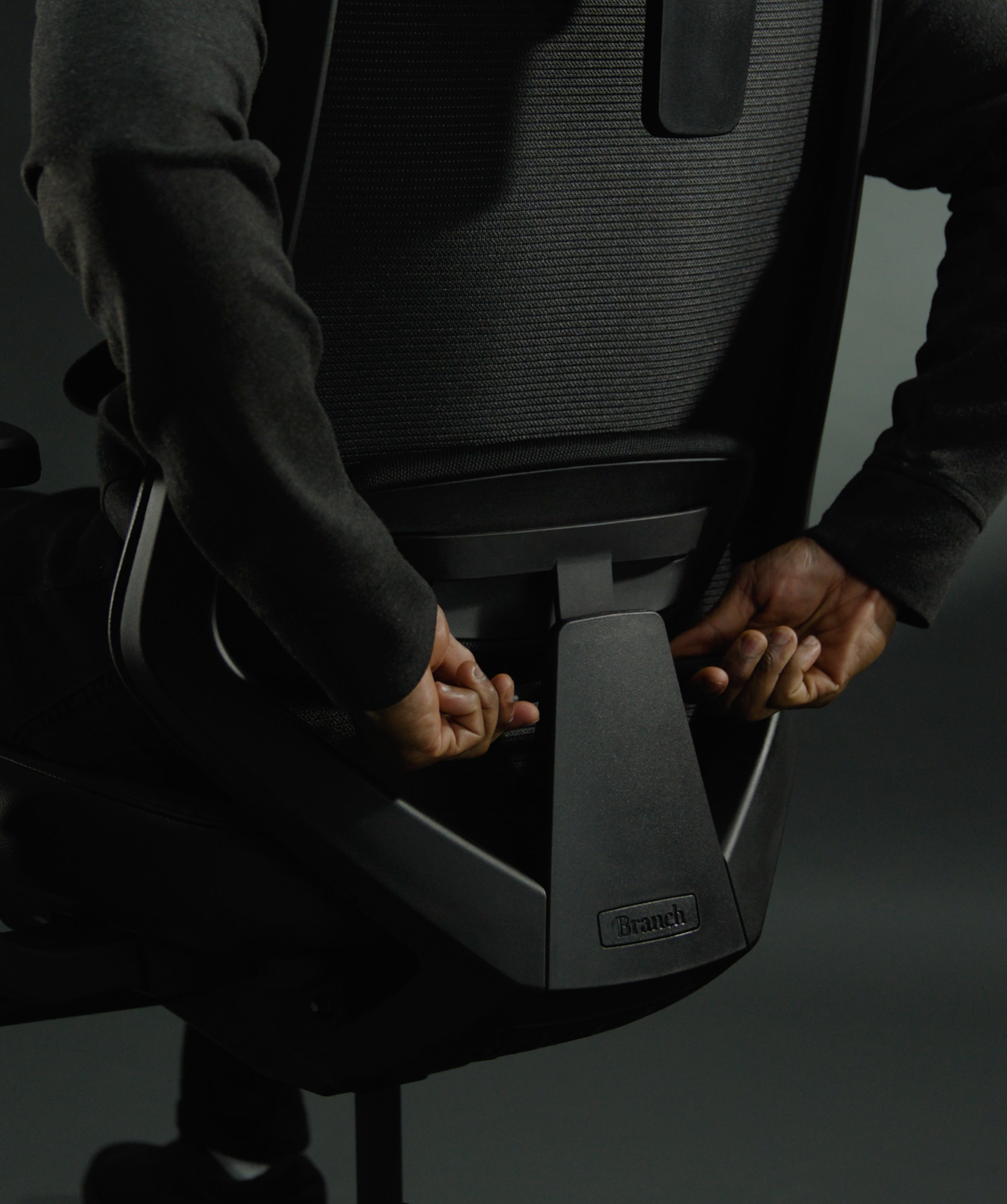Sciatica pain can be debilitating, affecting everything from your posture to your productivity. It’s caused by compression or irritation of the sciatic nerve, which runs from the lower back down through the legs.
One of the most challenging aspects of dealing with sciatica is finding a comfortable sitting position. Whether you’re working at a desk, relaxing at home, or driving, prolonged sitting can often worsen the pain.
The good news is that several sitting positions can help relieve pressure on the sciatic nerve and reduce discomfort. In this guide, we'll explore the best sitting positions to alleviate sciatica pain and offer tips for incorporating proper posture and ergonomic support into your routine.







